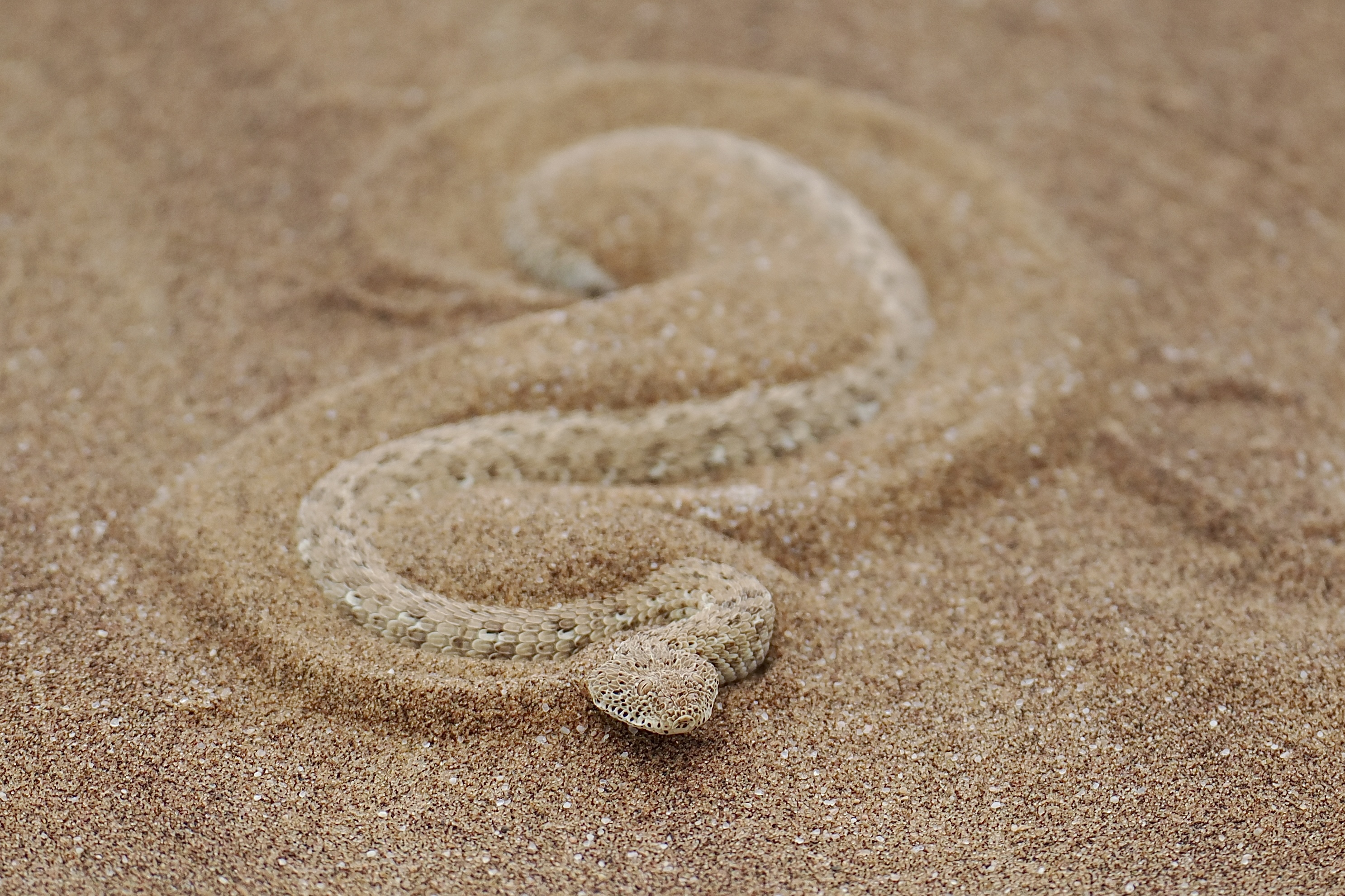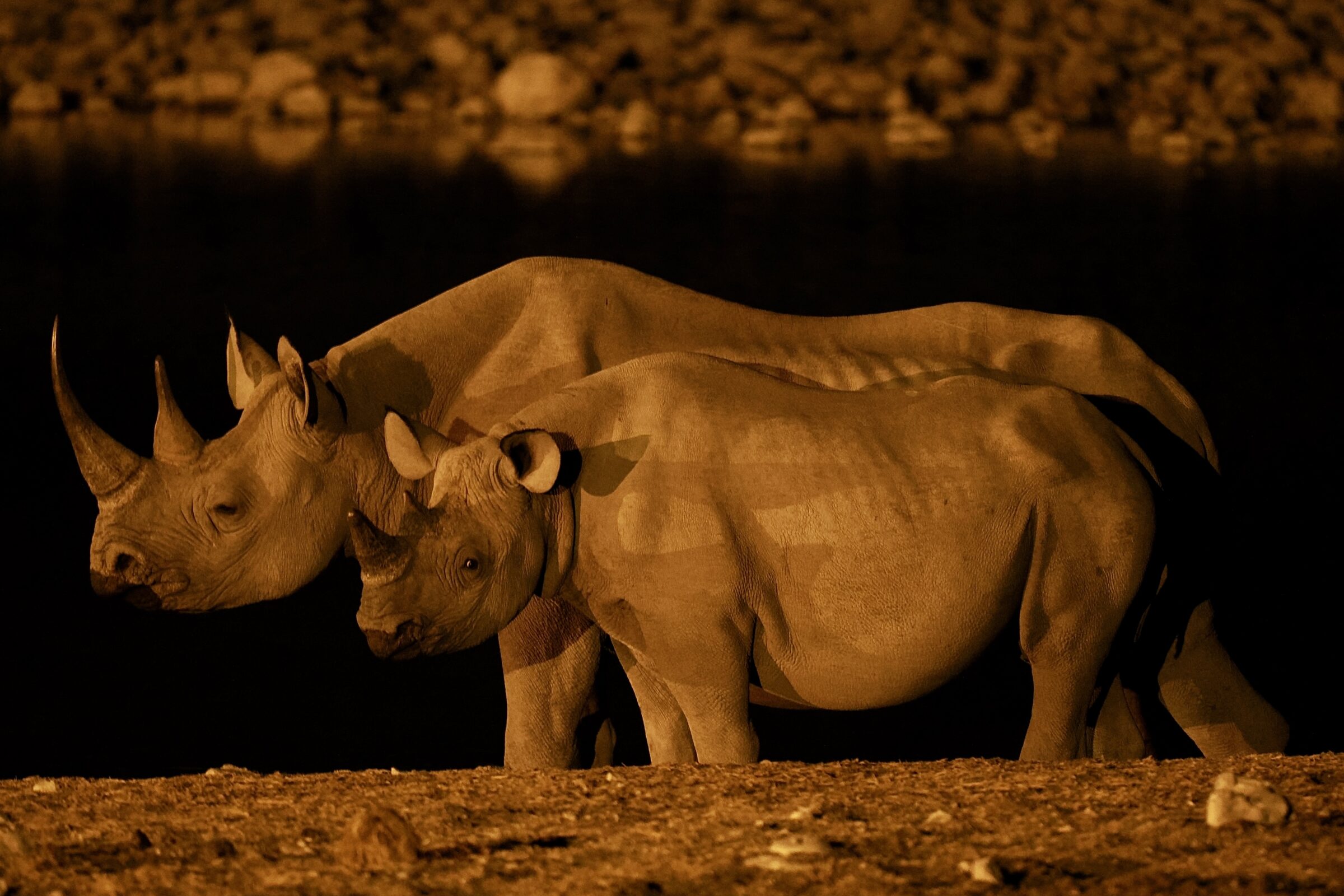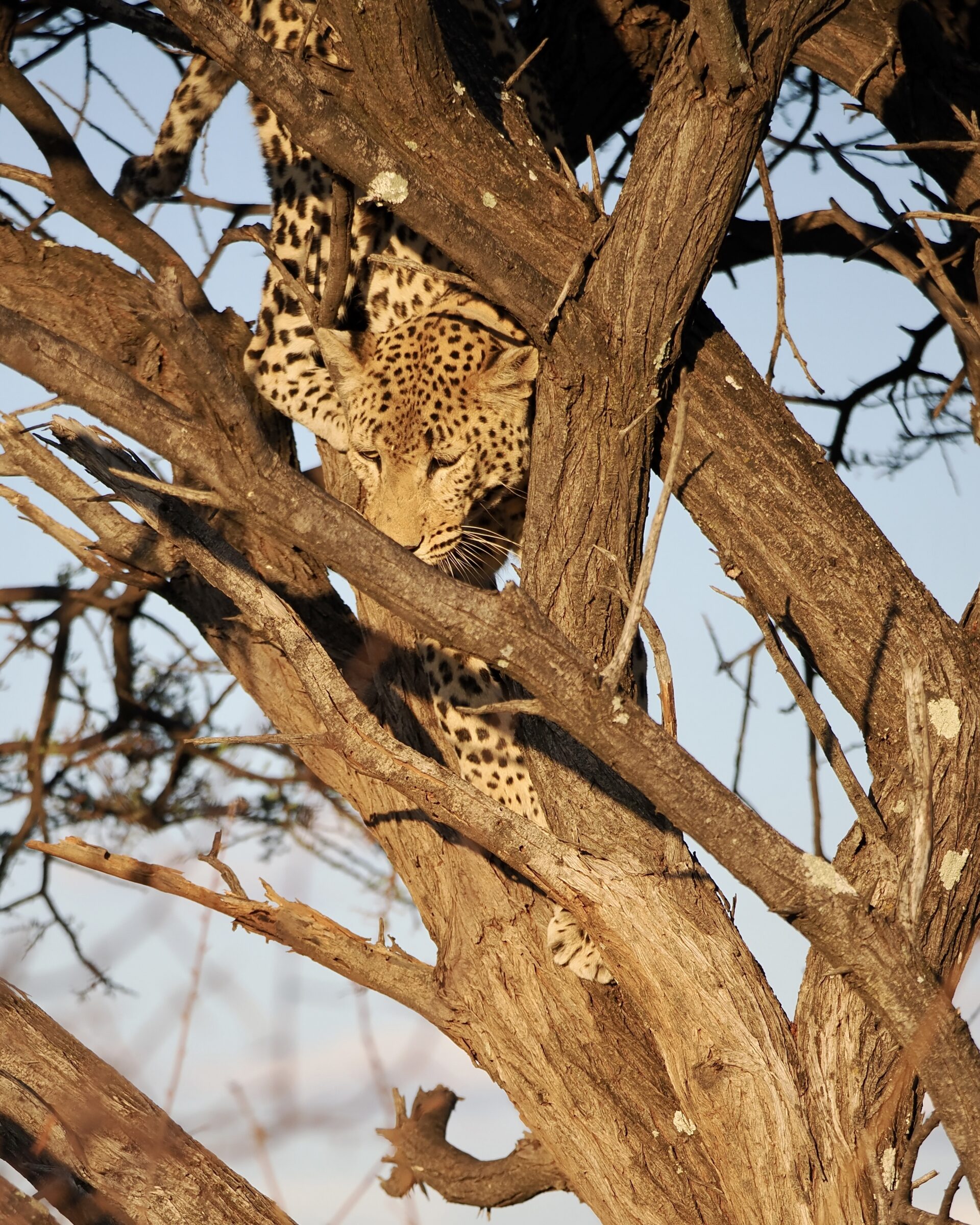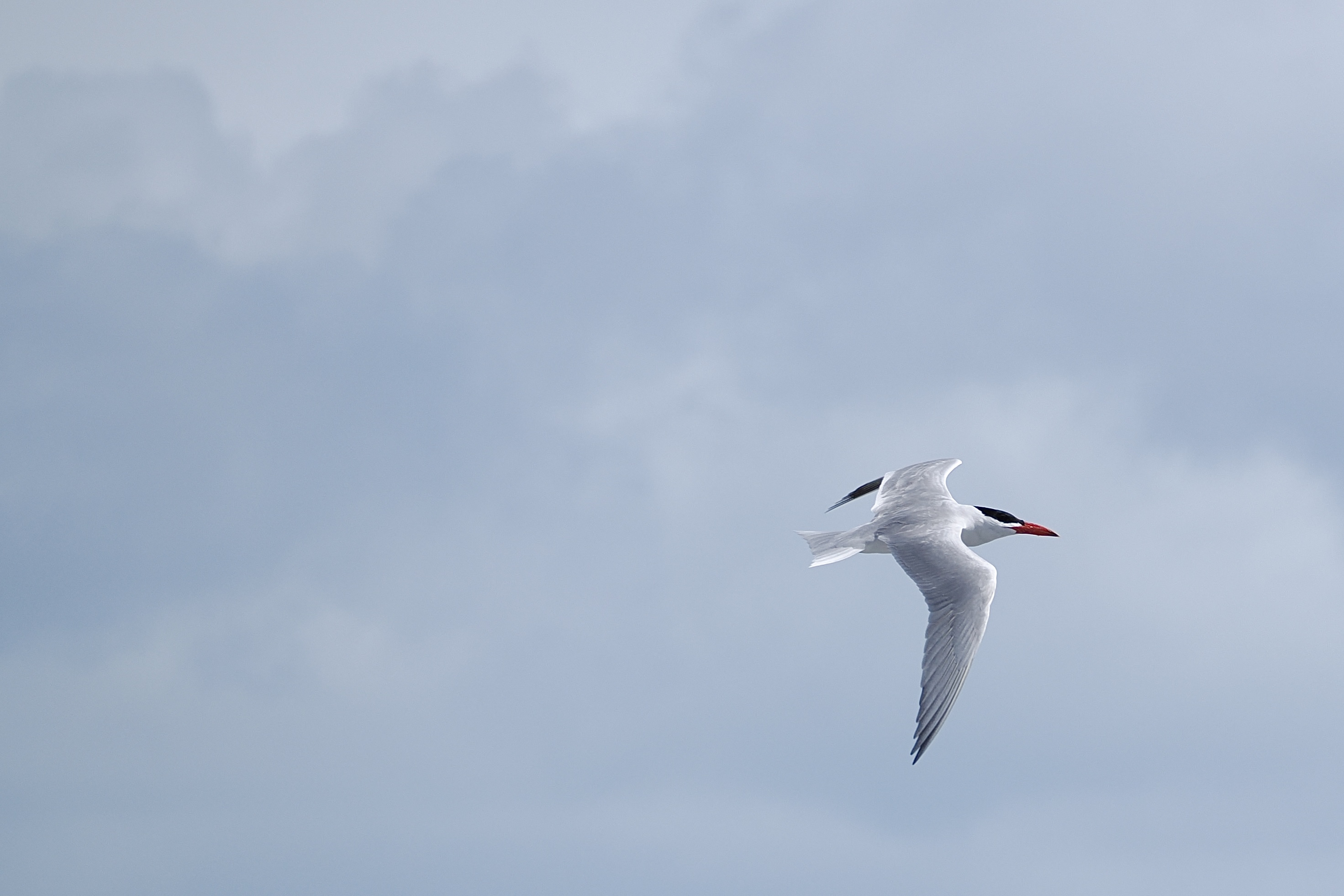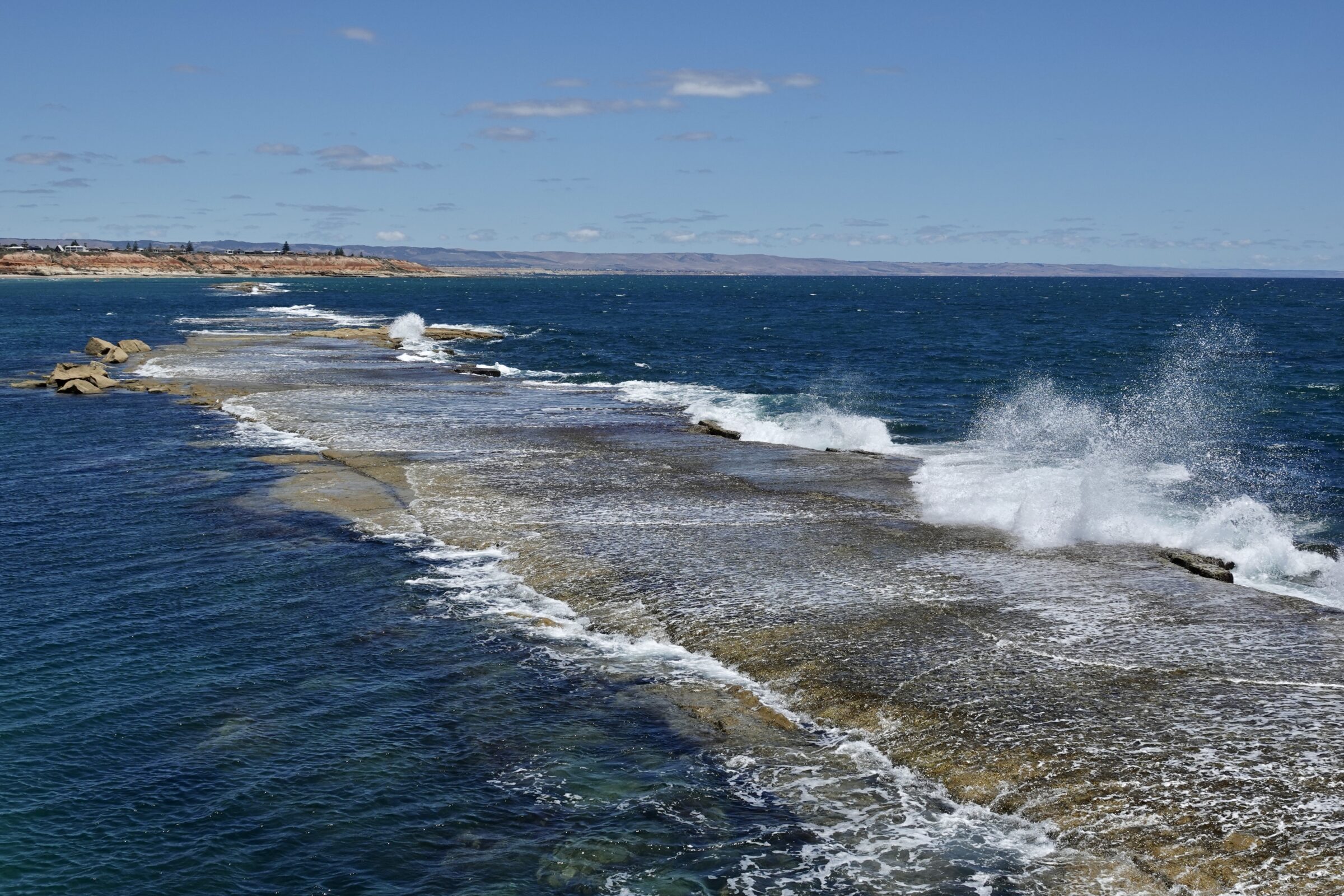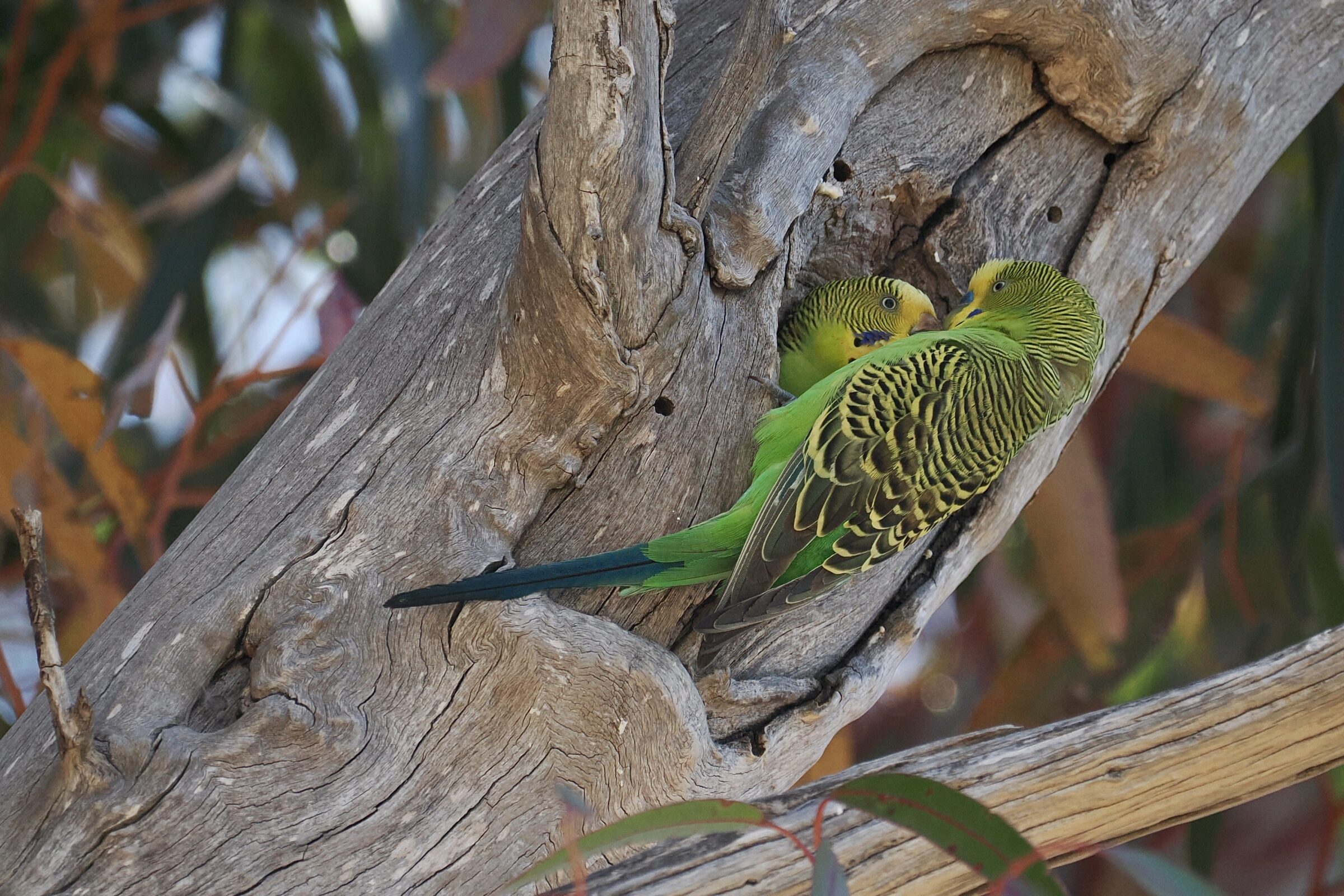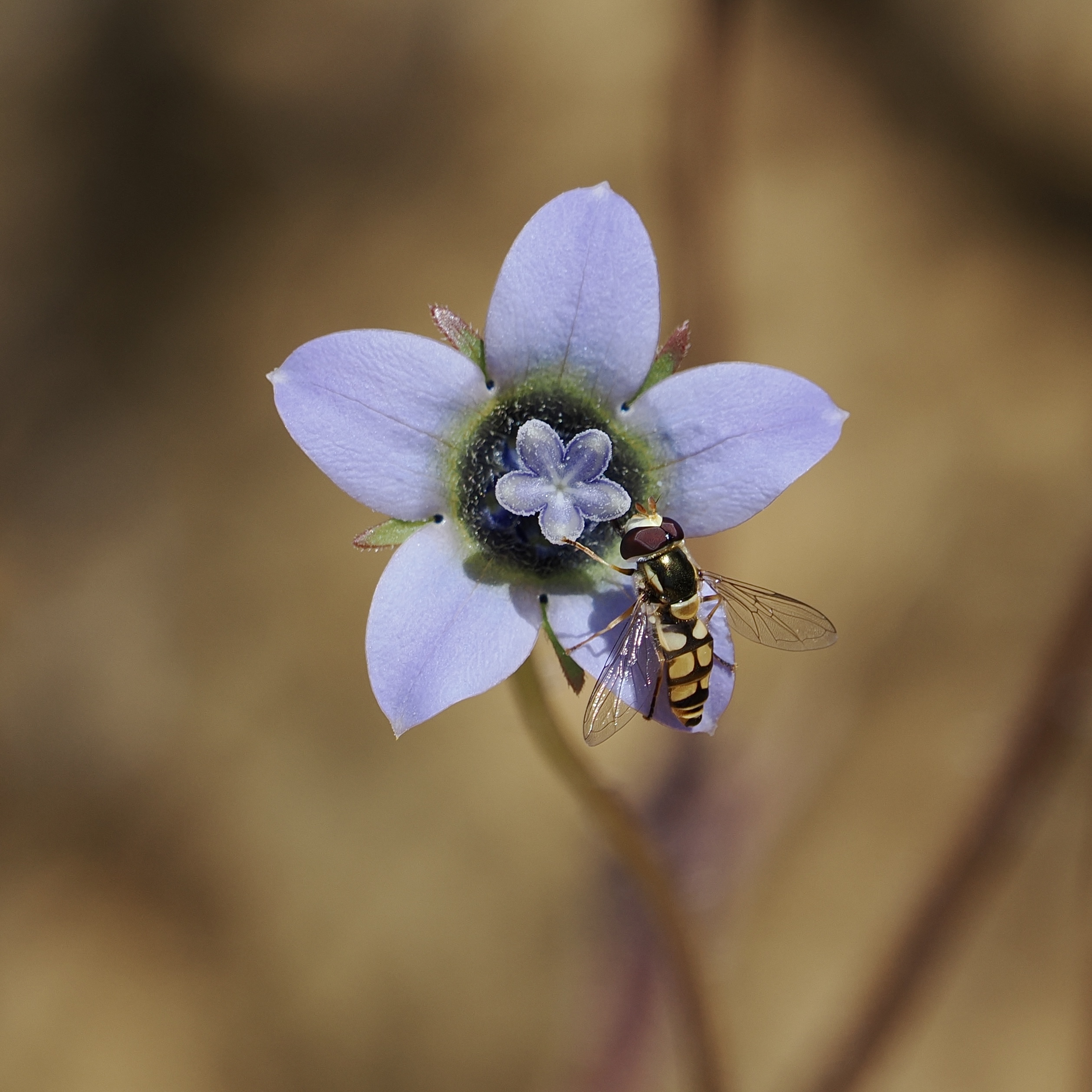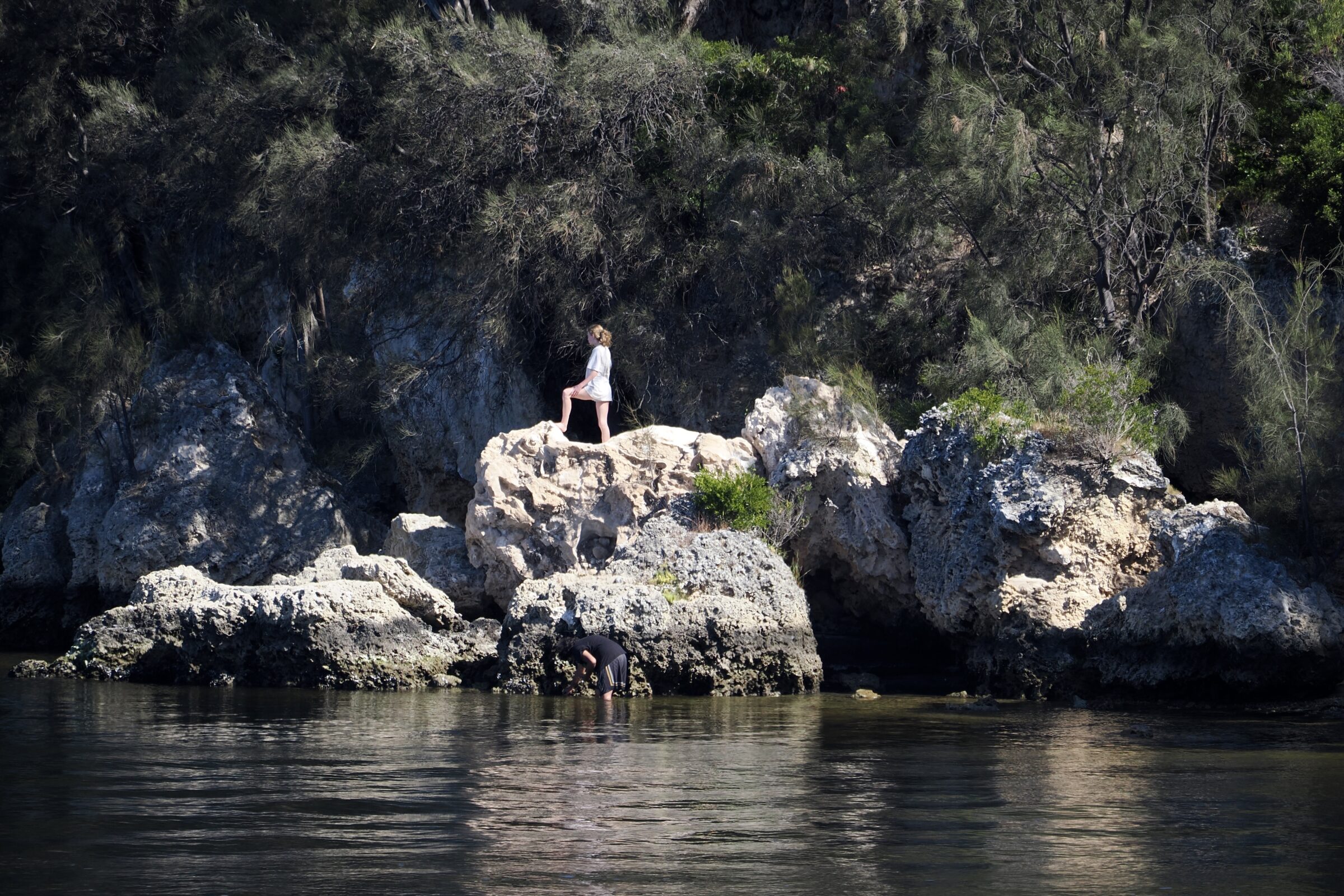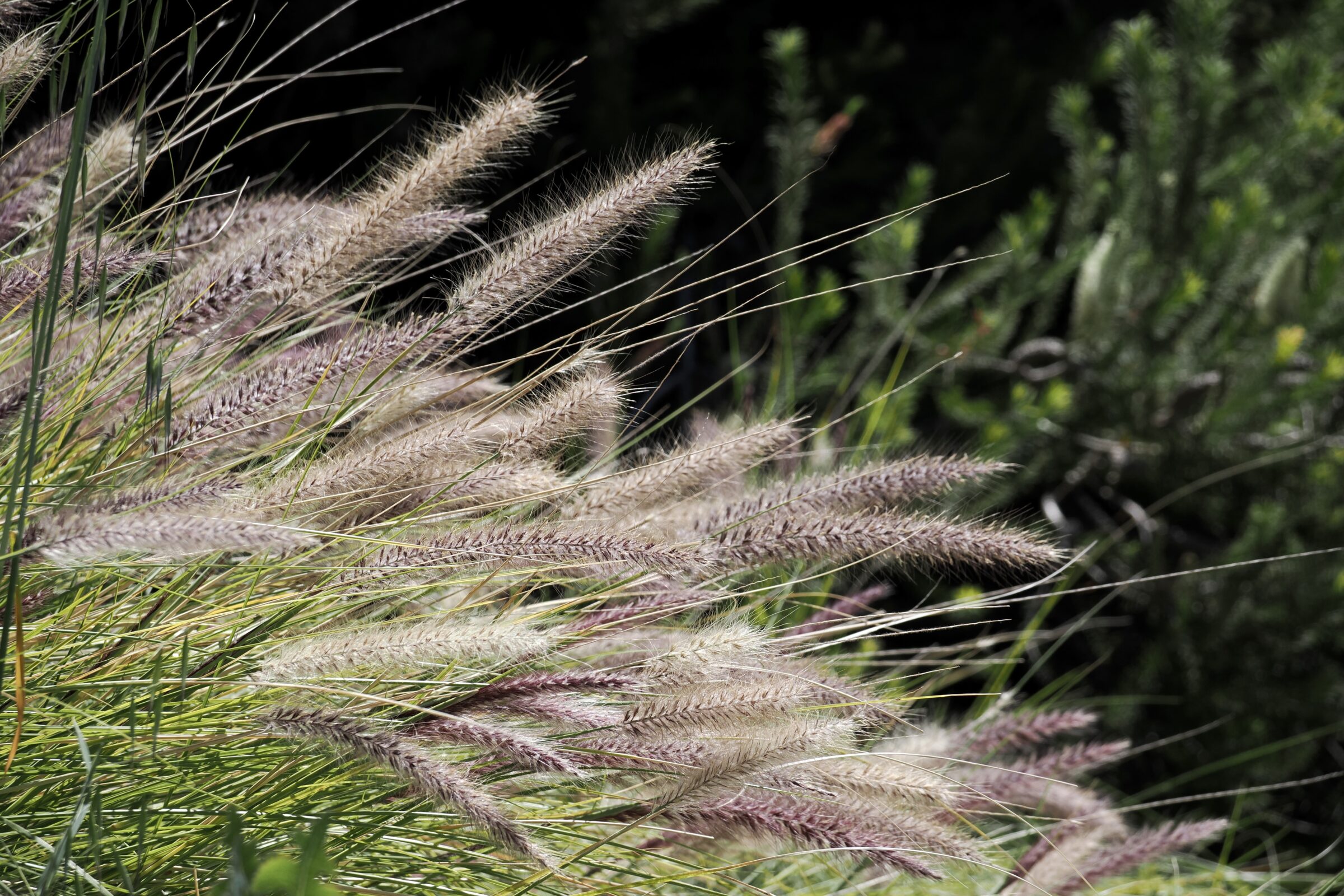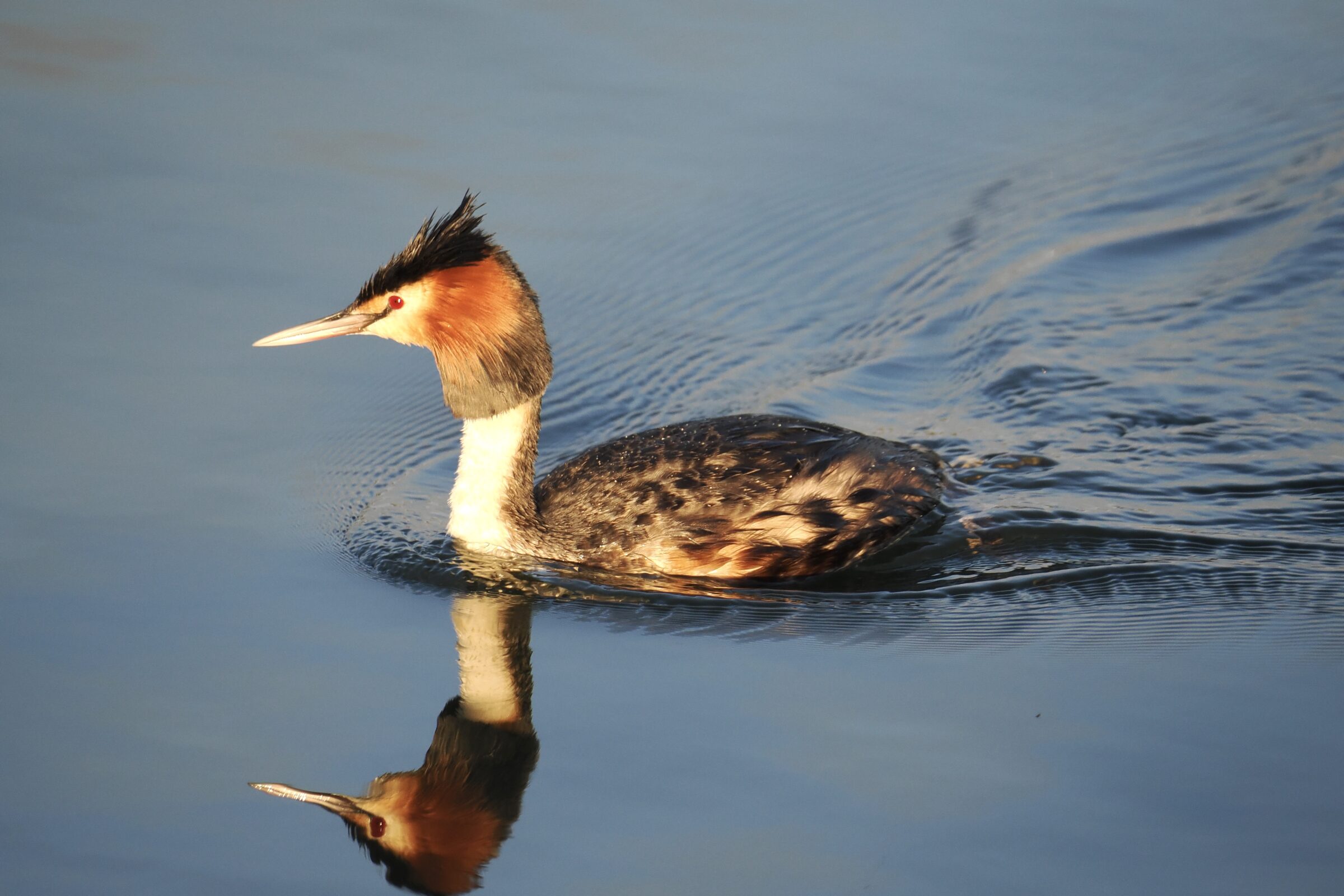Péringuey’s Adder is one of many names for Bitis peringueyi; the most descriptive are “Namib desert sidewinding adder” and “dwarf sand adder”.
This one was variously speeding/attacking/burrowing-hiding on or near the surface of one of the Namib’s westernmost dunes, just in from the Atlantic Ocean…and almost literally next door to Swakopmund’s easternmost houses.
Comments closed